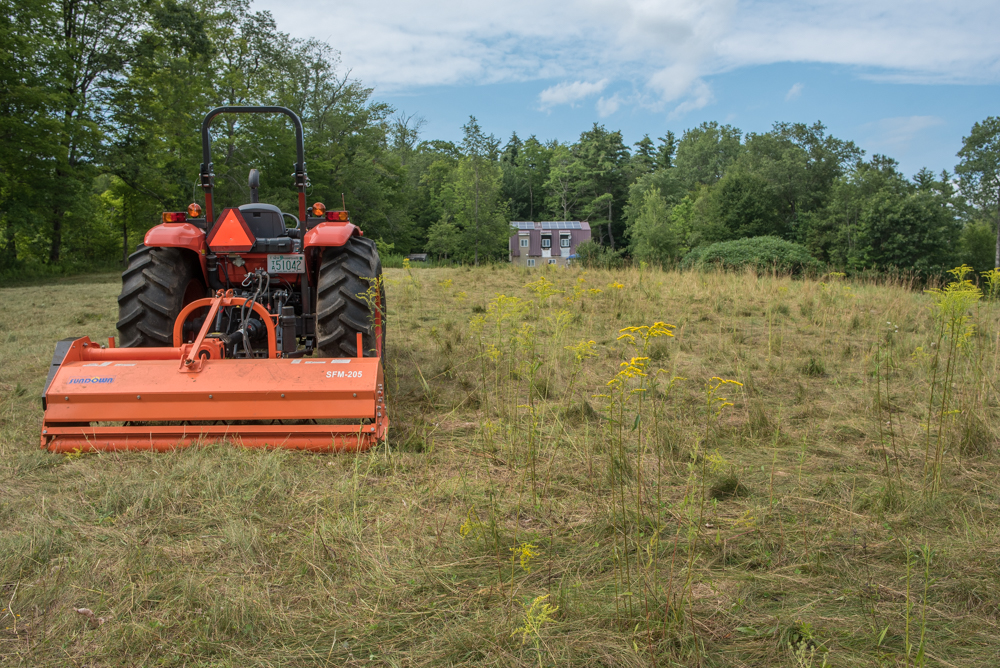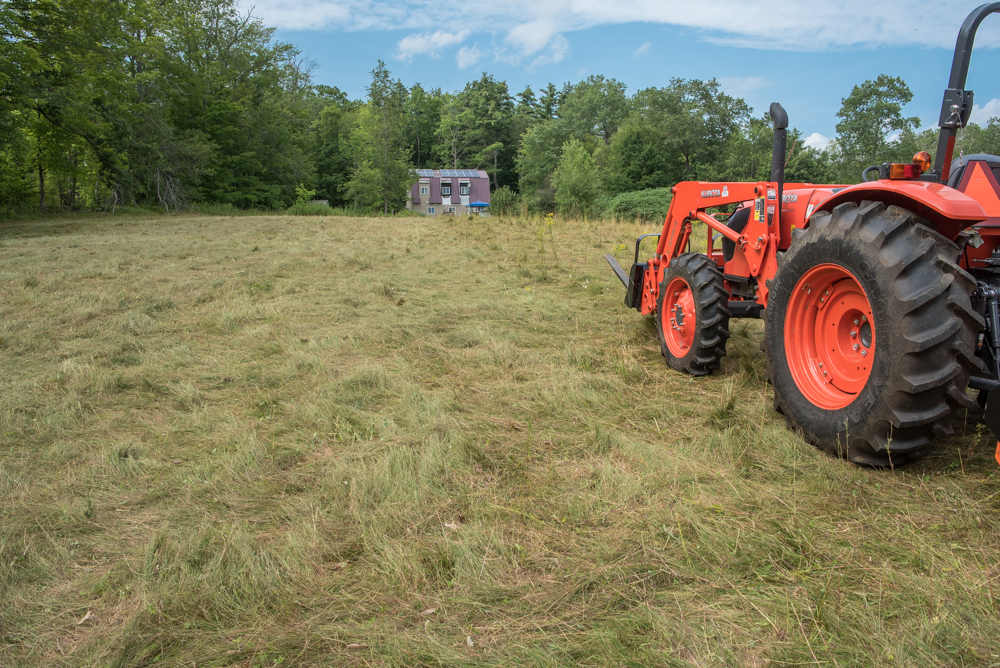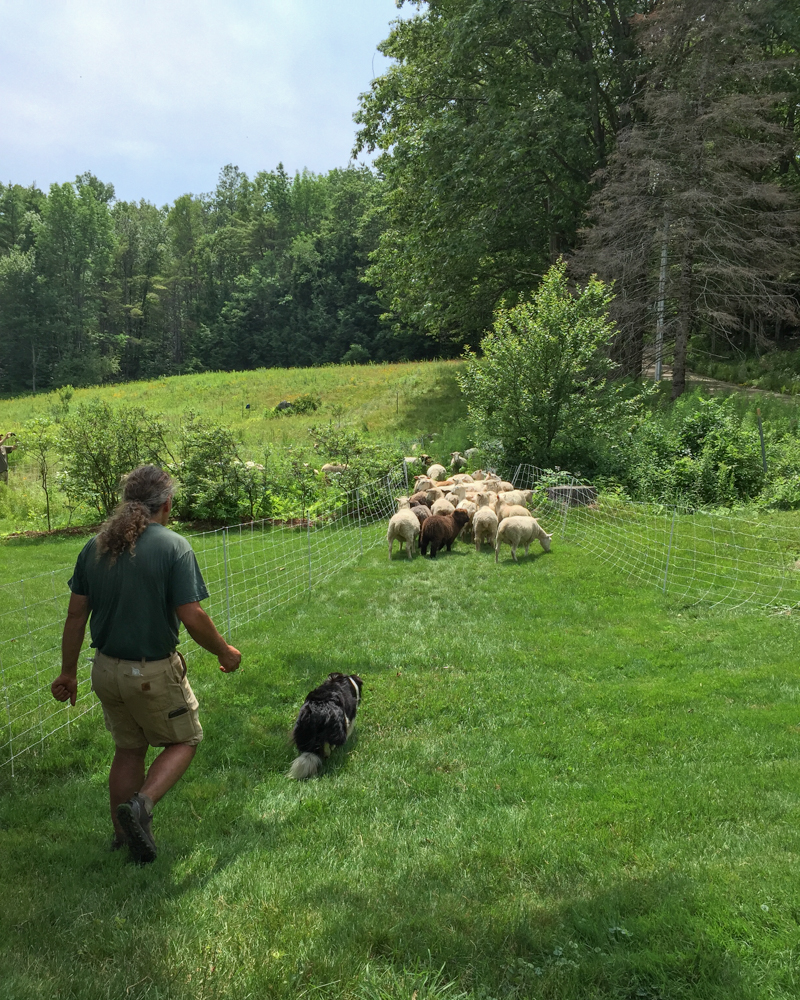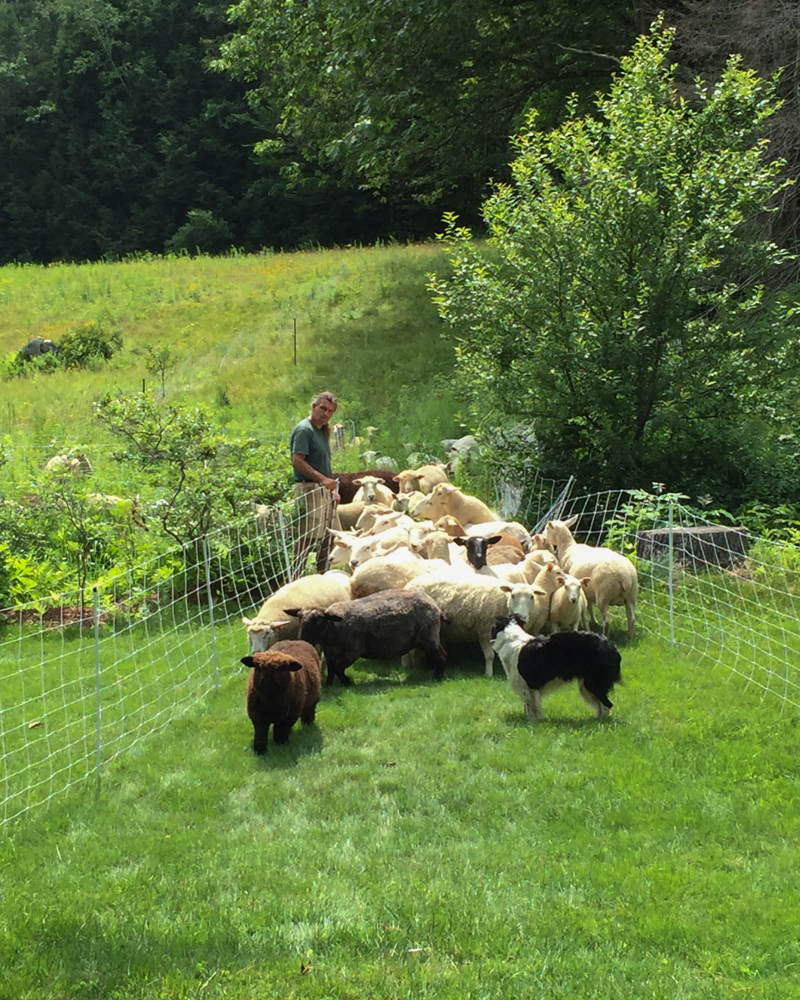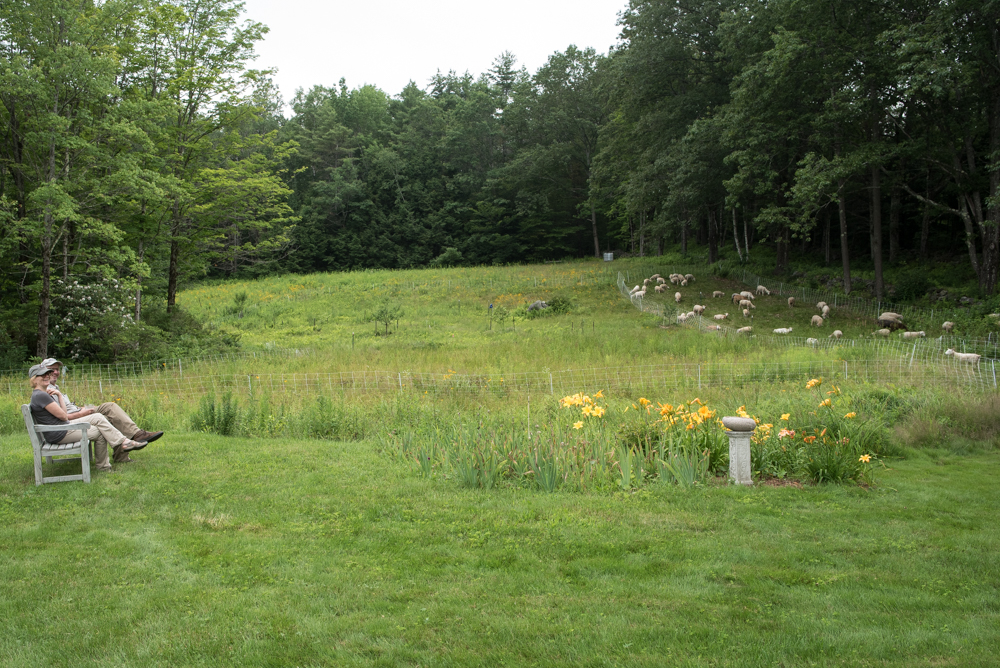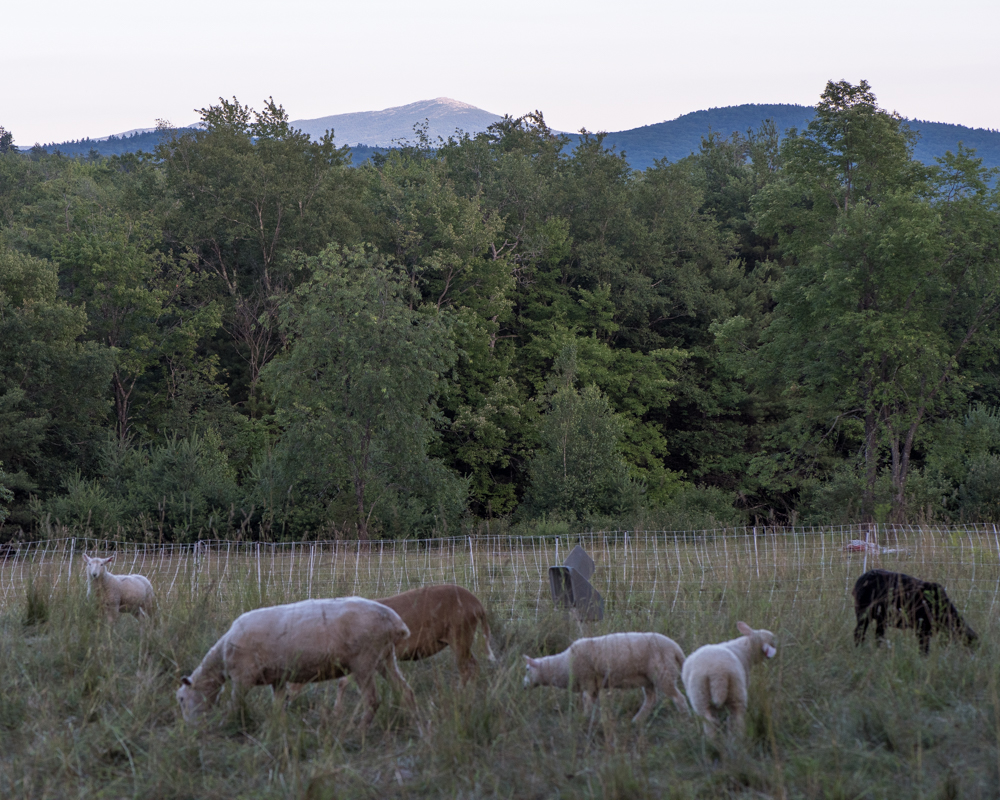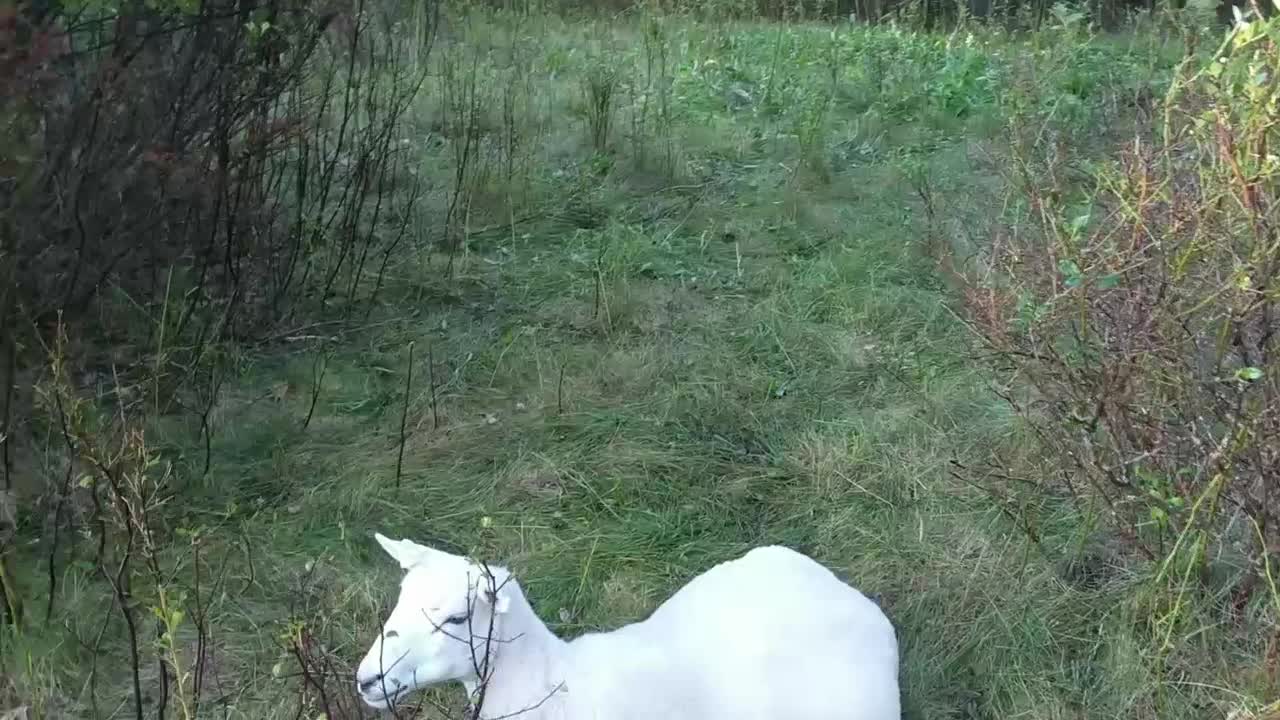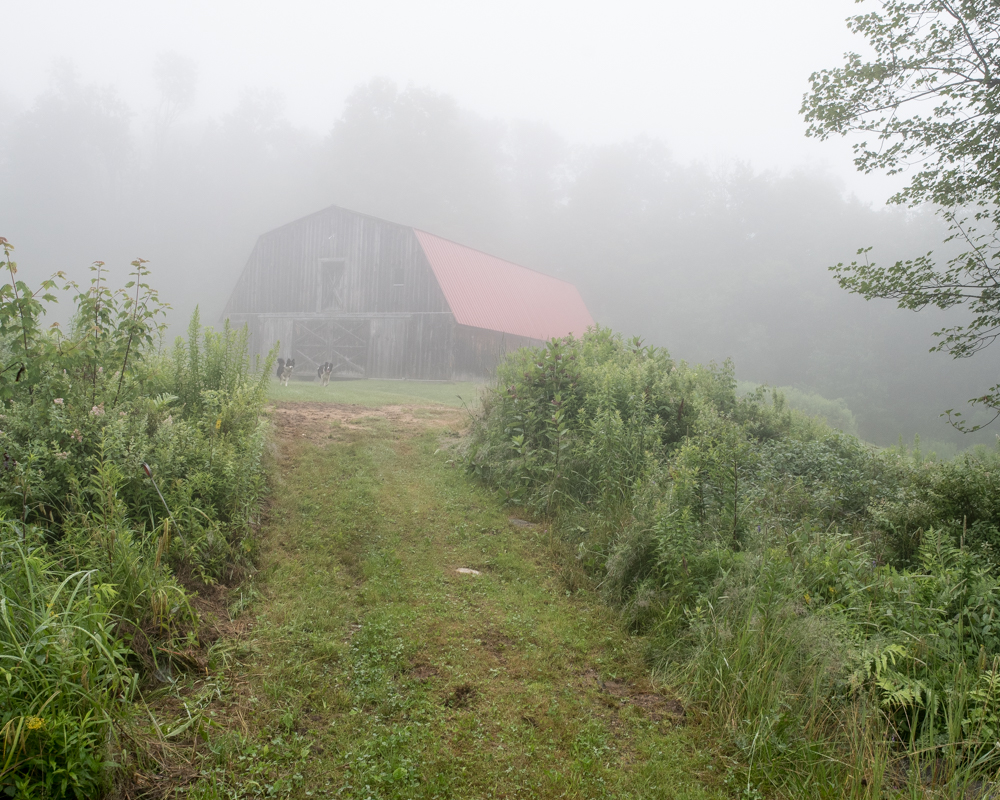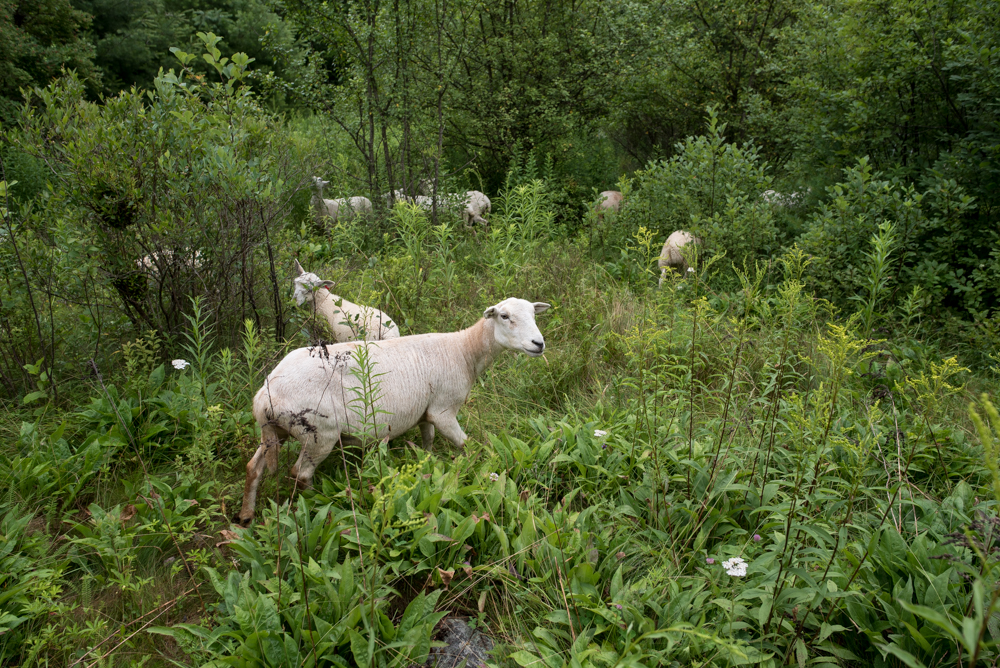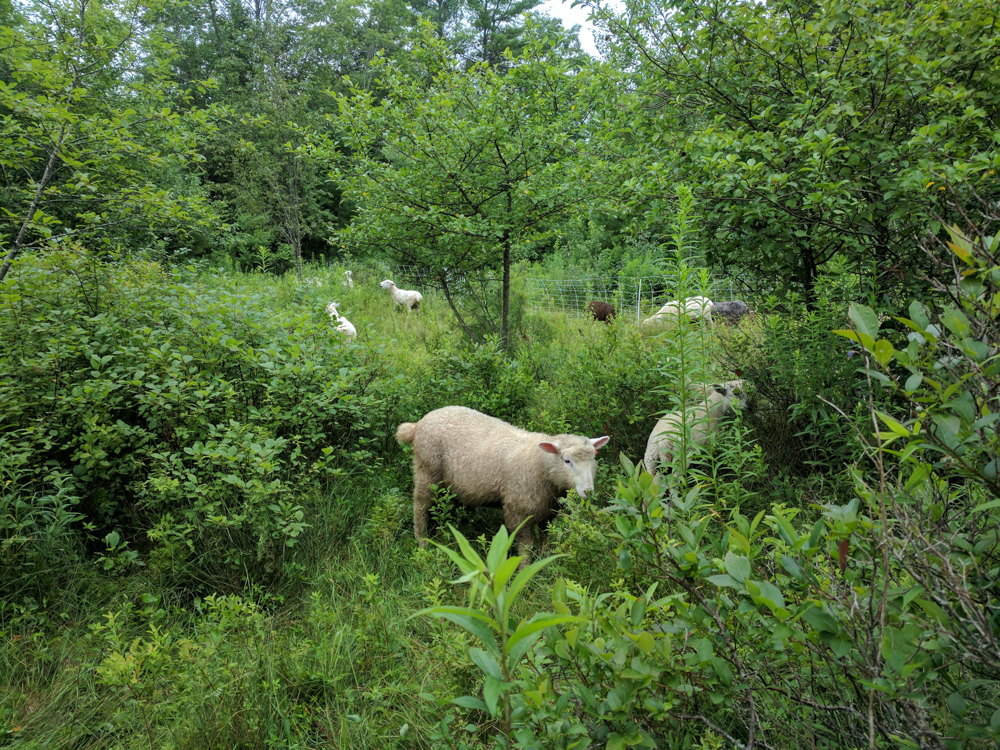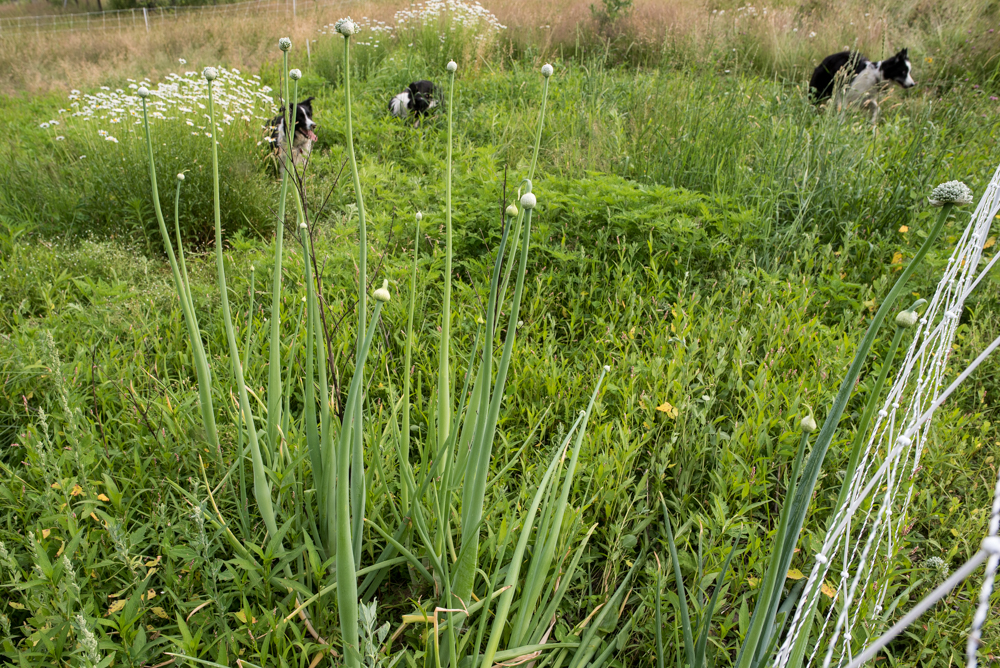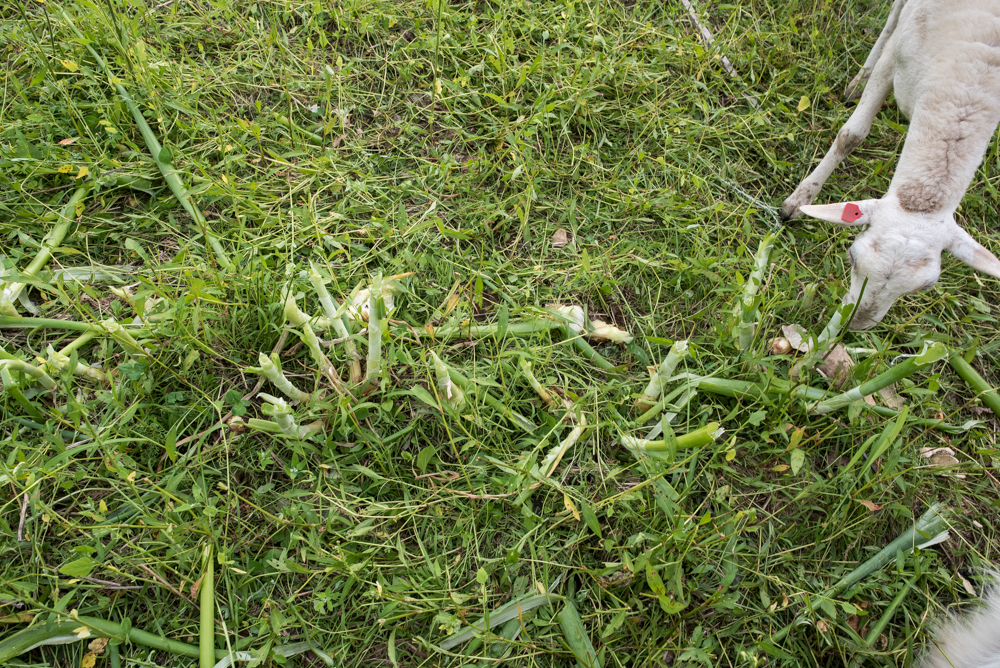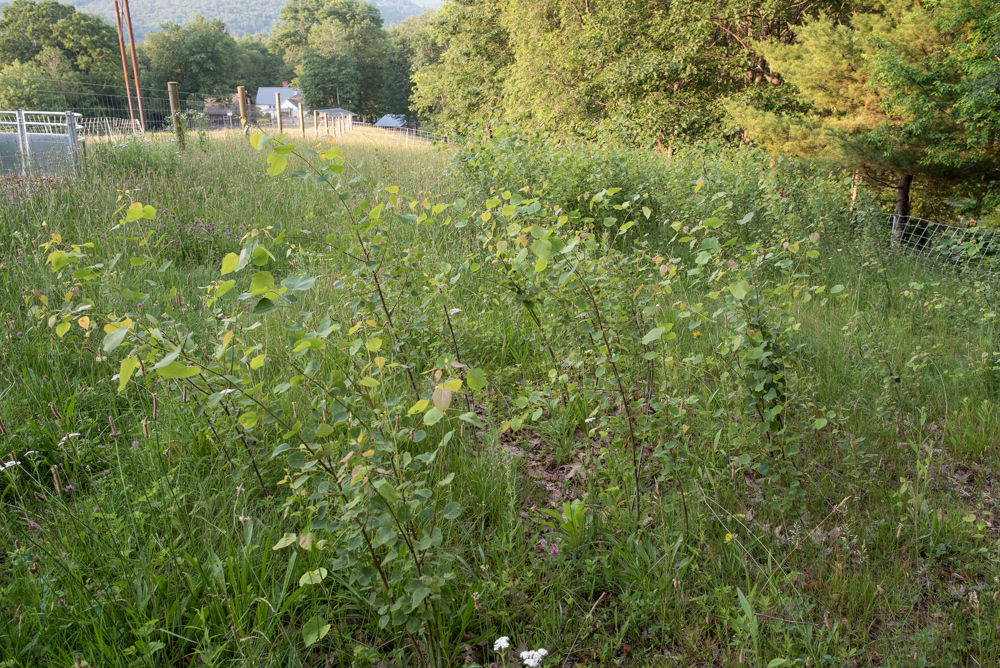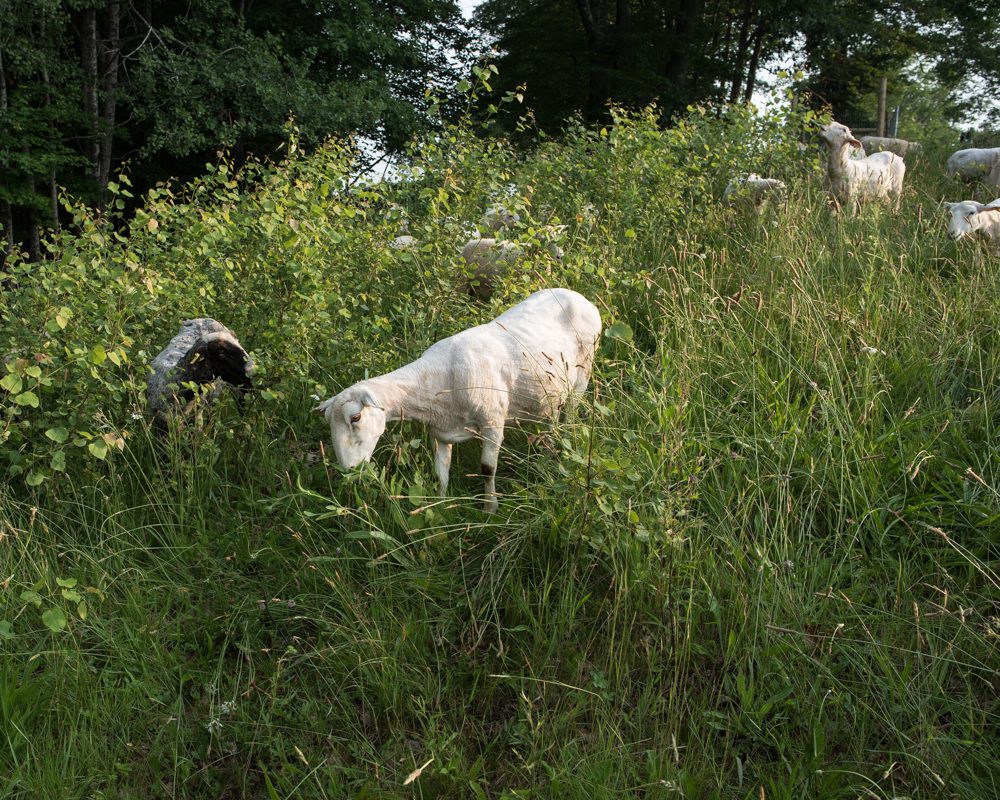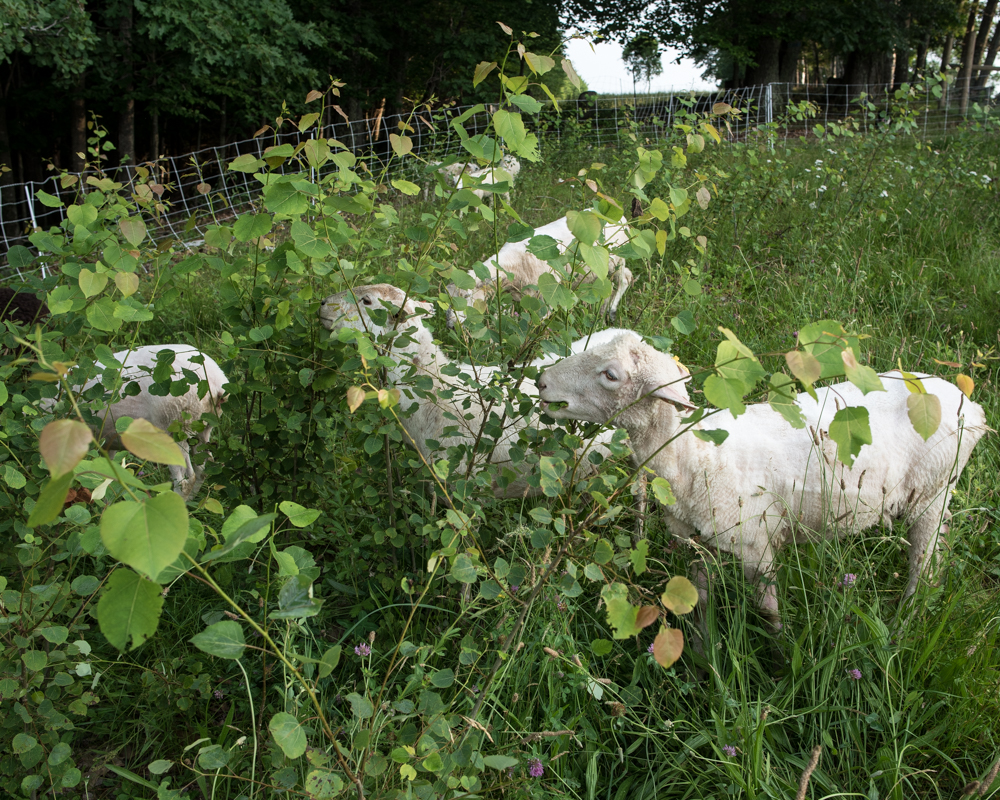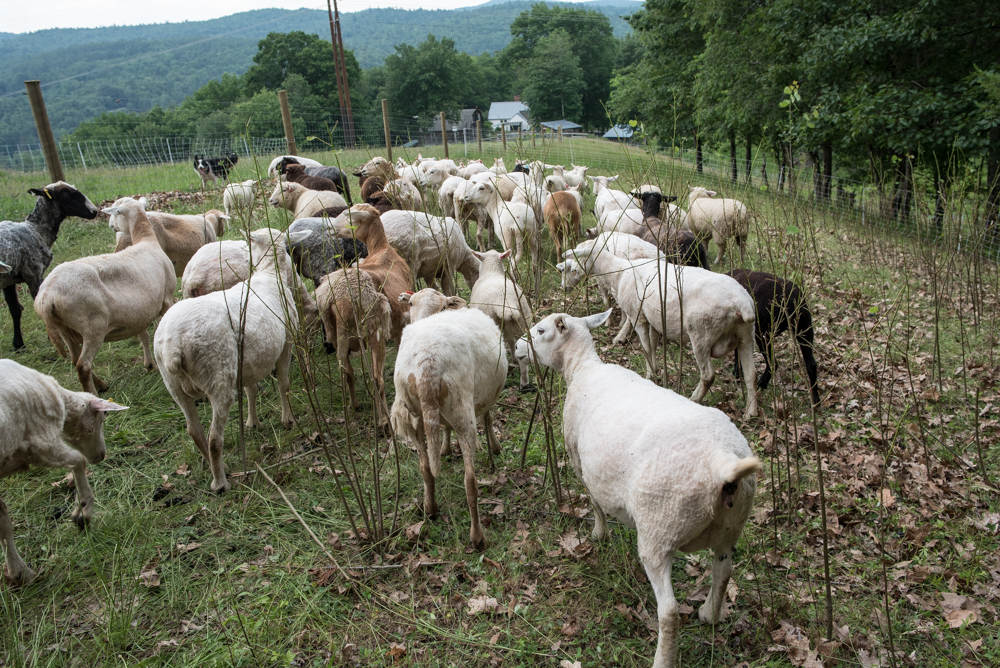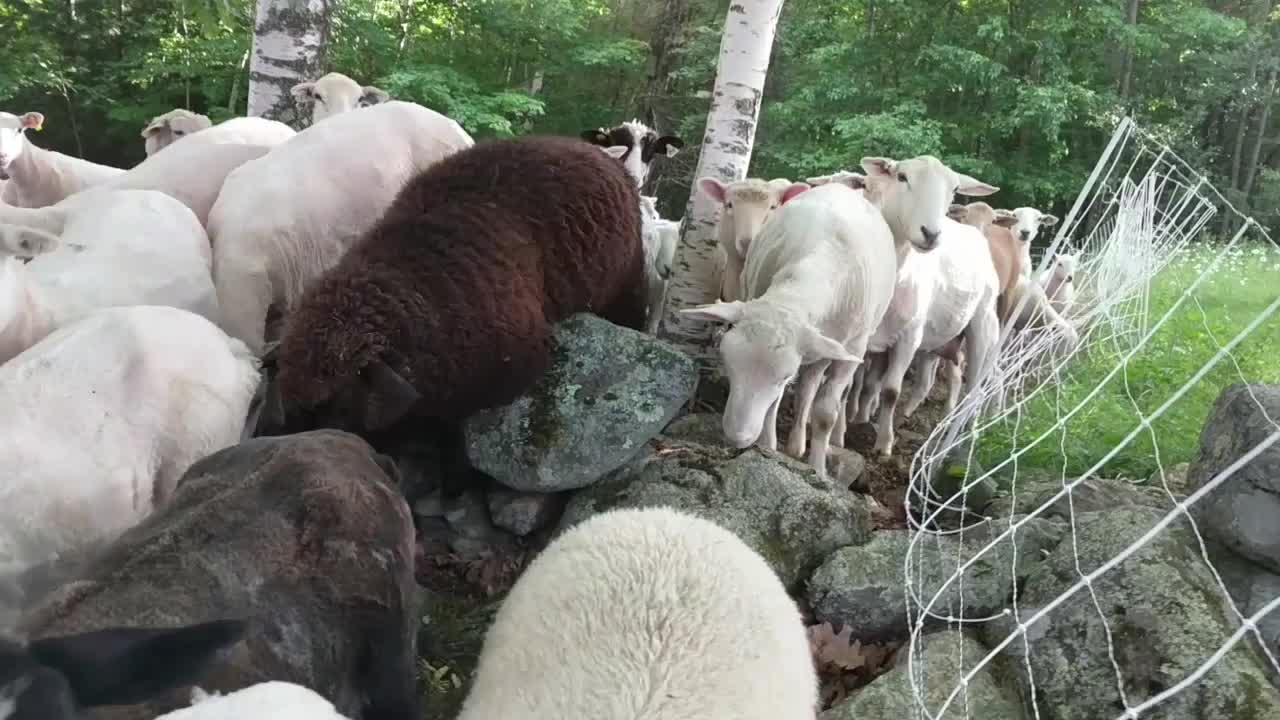Since the incident with the peach leaves, Bill and I have been talking on and off about toxic pasture plants. Both the University of New Hampshire and the University of Vermont publish guides to toxic pasture plants, but both seem to be written more with liability in mind than edification. Any plant with even the remotest risk of animal toxicity is listed, ad absurdum: the UNH document warns of the danger that acorns pose to swine, with no apparent regard for the famous dry-cured hams of Spain, which come exclusively from acorn-fed pigs. The hyper-alarmism of these documents leaves me at a bit of a loss trying to decide what really poses a danger to my flock.
I was confused, for example, when I saw one of my sheep seeking out and eating milkweed leaves this morning.
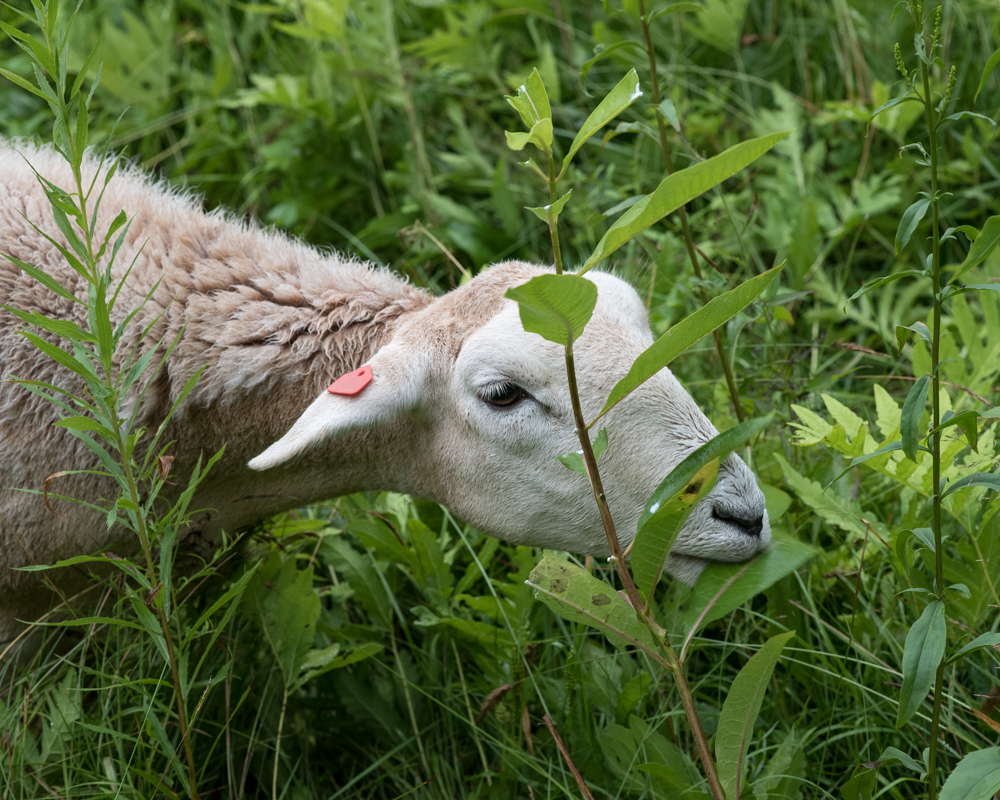
Both the UNH and UVM documents list it as toxic, but rate its danger as low since it is supposed to be very unpalatable to sheep — unless the flock has no other options, they won’t get poisoned by eating milkweed. In this case, though, I had just moved the flock into a new section of pasture, and I watched this ewe seek out and eat all the milkweed she could find. She showed no sign of being dead this evening, so I’m assuming that at some level she knows what she’s doing. Livestock people sometimes talk about “nutritional wisdom” in their flocks, whereby their animals will choose to eat plants that meet their evolving nutritional or medicinal needs. It’s very appealing to imagine that this morning’s milkweed-eater was addressing some specific need of hers, but I’m not equipped to do more than wish and speculate at the moment.
When I first went out to the flock this morning, I had to think about the other side of plant choice question. At first, it seemed that there was lots of forage left in the section of pasture where they’d spent the night.
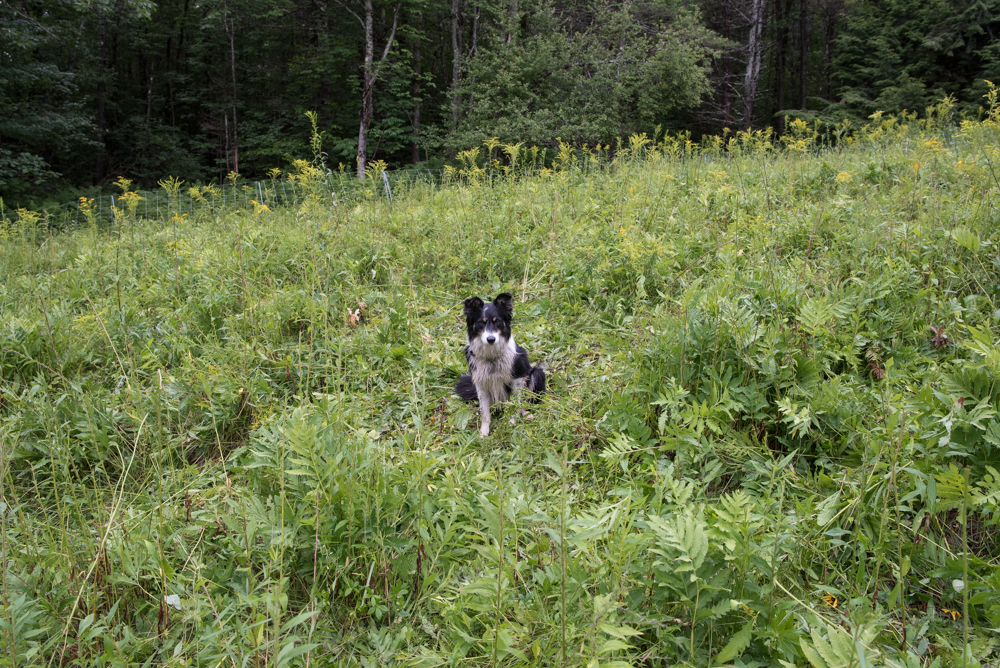
But when I looked more closely, I realized that the sheep had selectively eaten virtually everything in the pasture expect for the ferns.
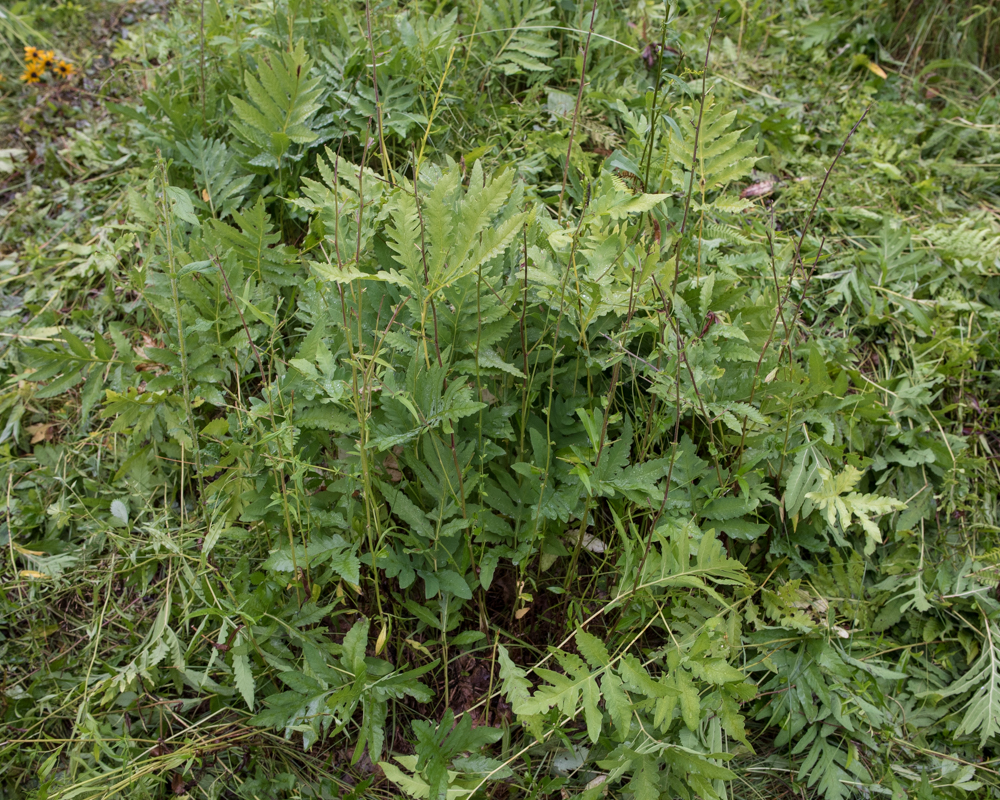 I decided that my initial sense that the sheep could continue to graze this section was probably wrong. If they had gone to the effort of eating around the ferns during the time they’d been grazing this section, leaving them to continue grazing would undermine any nutritional wisdom they might possess. Once they got hungry enough, they would probably go back for the ferns they initially passed over; perhaps they just didn’t like the taste of sensitive fern (Onoclea sensibilis), but I didn’t want to take the chance that it was nutritionally deficient or actively harmful.
I decided that my initial sense that the sheep could continue to graze this section was probably wrong. If they had gone to the effort of eating around the ferns during the time they’d been grazing this section, leaving them to continue grazing would undermine any nutritional wisdom they might possess. Once they got hungry enough, they would probably go back for the ferns they initially passed over; perhaps they just didn’t like the taste of sensitive fern (Onoclea sensibilis), but I didn’t want to take the chance that it was nutritionally deficient or actively harmful.
